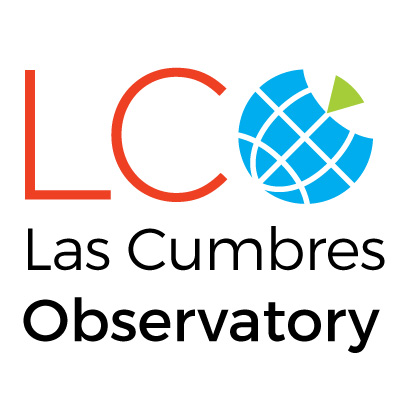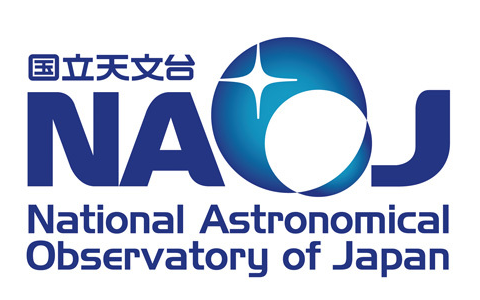A recent James Webb Space Telescope observation shows a galaxy cluster having a supernova appear three times. This is due to a light-bending cosmic magic trick called ‘gravitational lensing'. The massive galaxy cluster RX J2129 is located about 3.2 billion light-years from Earth, in the constellation Aquarius.

For the first time, astronomers saw a supernova (SN) light up again. Strange! Since the brightness of supernovae fades away in a couple of months.
An international team of researchers from Kyoto University and Osaka University were looking at the SN 2018ivc using the ALMA Observatory (Atacama Large Millimeter/submillimeter Array) and found something unusual. SN 2018ivc appeared to dim 200 days after the initial explosion and began to light up again 800 days later.
In a binary system, if the stars are close enough, the companion star can eat up materials from the supernova progenitor - the star about to go supernova. In this process, the "supernova-to-be" will end up losing more star stuff than if the stars were far apart or if the progenitor was alone. But what if the two stars are not too close and not too far - somewhere in the middle, at an intermediate distance? Enter SN 2018ivc!
Using a computer model, researchers explain that the intermediate distance between SN 2018ivc and its companion star caused a lot of interactions between them. These interactions created a huge hollow ring of star stuff, some 1500 years before the actual supernova. After the explosion, at day 200, the supernova ejecta (materials thrown off) had not yet reached the hollow ring, which explains the dimming of SN 2018ivc. But then sometime between day 200 and 1000 the ejecta must have clashed with the hollow ring of star stuff, causing it to light up again. Isn't that amazing?
Image: An image of the central region of M77 taken by the Hubble space telescope (left), in which the position of SN 2018ivc is marked. Right panels show SN 2018ivc based on the data taken by ALMA, at ~200 days (upper right) and ~ 1000 days (lower right), clearly showing that the re-brightening happened at about one year after the SN explosion. Credit: (left)NASA/ESA Hubble Space Telescope/Hubble Legacy Archive (right) ALMA (ESO/NAOJ/NRAO), K. Maeda et al.




















